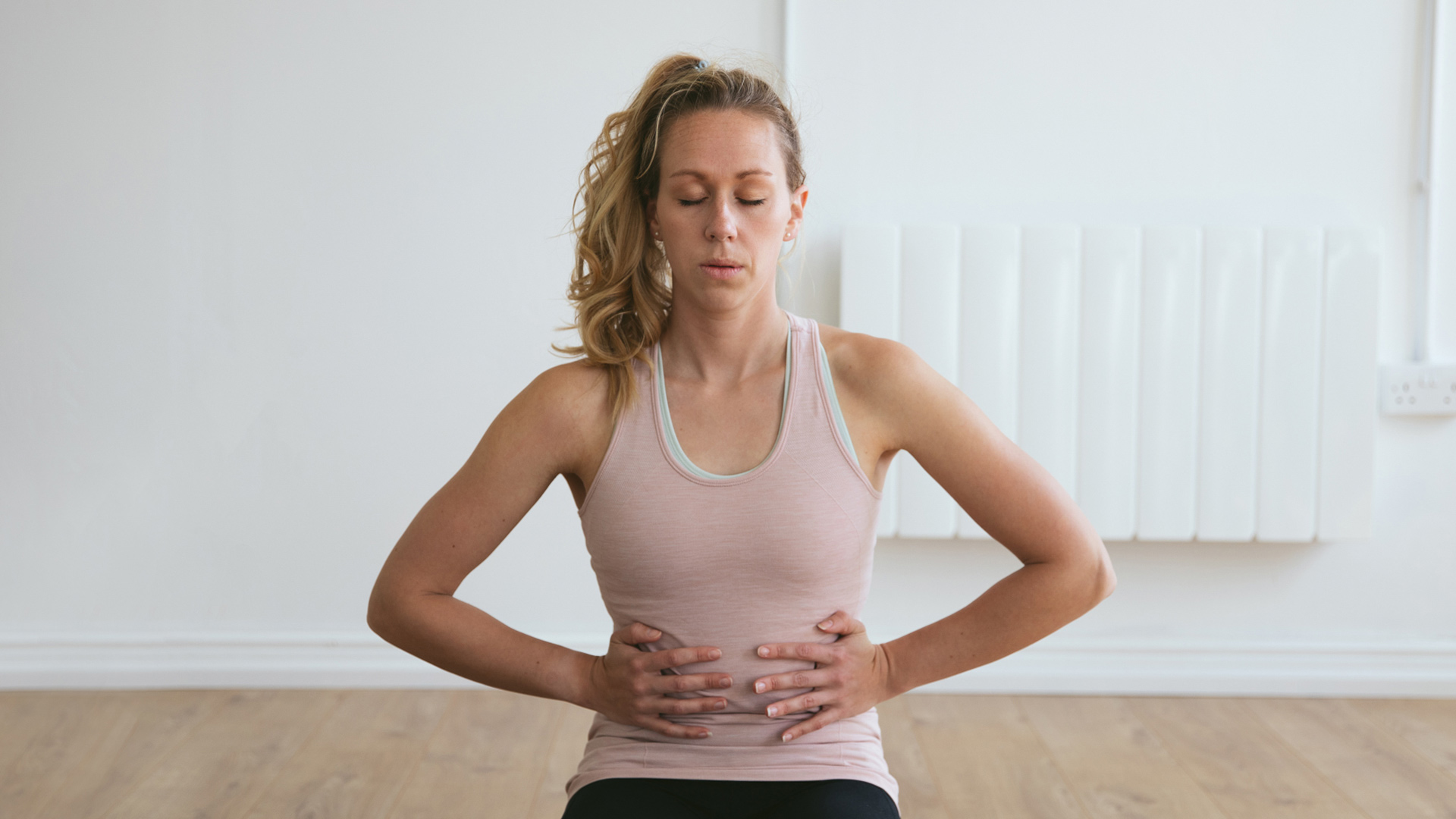Why is the breath so important?
Soften your ribs. Centre your pelvis. Set your scapula, Lengthen your spine….and now breathe!! Have you ever wondered why Pilates teachers do not stop talking about the breath? It can all feel a little overwhelming at times, especially when you first start practicing Pilates. Remember a good Pilates teacher will always talk about the breath, and although not essential to be aware of ‘when’ to breathe, but more importantly ‘how’ to breathe.
For those that have been doing Pilates for some time now, how much do you truly understand the breath? Most Pilates teachers generally do not stop talking during class (I am most definitely one of these), and the reason we like to talk a lot is because you really have to focus your mind and body to ensure control is mastered. When someone is constantly prompting you or cueing body placement, there’s less chance of your mind to be distracted by what you’ll have for dinner! As a teacher myself, I believe education is as important as the exercise. Without knowledge, you can’t control movement, and without the movement, you can’t understand the process.
If we break down the Pilates principles, it’ll make more sense especially if you understand WHY we breathe the way we do.
The breath is normally one of the key principles I teach last, but here we are going to start with it. It’s the one principle that seems to confuse everyone however it’s the most natural of them all. Something we all do every single minute of every day.
Breathing correctly during exercise, especially during Pilates can promote increased control, range of movement, and flexibility whilst relieving stress and tension in the body.
The science
Inhalation is encouraged through the nose. The nasal passages allows for purification of gas as it passes through the cilia (tiny hairs found in the nostrils). These filter and humidify the air as it passes through protecting us against unwanted particles and bacteria before passing through to the lungs. Breathing in through our nose promotes breath control in to the lower part of our lungs which stimulates the parasympathetic nervous system allowing our bodies to slow down and feel calm. By exhaling through the mouth, the larger exit point allows for a greater amount of carbon dioxide to be excreted from the body.
The Inhale
We call this the lateral breath. When we breathe in we should be aiming to take in oxygen to the base of our lungs where gaseous exchange takes place. If you sit and place your hands around your lower rib cage with your fingertips almost touching; take a deep breath in to the bottom of your lungs (almost like you’re belly breathing) and you should feel your fingertips move away from one another and the rib cage move out in to your hands. This is known as the lateral breath. When we are tired, rushed or stressed we tend to breathe through our upper ribs and chest (known as apical breathing). This can increase overuse in the neck and shoulder muscles, leading to increased tension, headaches and fatigue. If you can breathe laterally and use the diaphragm correctly, it’ll promote relaxation throughout the body even when you’re challenging your body.
The Exhale
It’s time to look at where all of the magic happens; the exhale!
You can practice the exhale breath in 2 ways. Firstly: go back to the position you were in to practice the inhale. Now focus on the out breath. Imagine you’re blowing a balloon up, or blowing out candles with that slight resistance behind the breath. It needs to be slow and sustained for a few seconds. You should feel your ribcage sinking down and your fingers moving back towards one another.
The slight resistance created from the exhale helps with the interplay and co-activation between the abdominals and diaphragm, which in turn increase intra-abdominal pressure allowing better activation on our deep core. You can feel this by practicing placing your hands just below your tummy button and breathe out for 3-5 seconds as if emptying your lungs. You might feel increased tension under your hands through the latter part of the exhale; this is your abdominals engaging!
Introduce to movement
In Pilates we are taught to increase spinal stabilisations (core activation) on the effort that most challenges the motion segment (Hodges et all 2000). To put it simply, we use the breath out when we are challenging the body the most as a rule of thumb. This is because during expiration, the activation intensity of the core muscles is higher and therefore providing us with local spine stability and support.

For example: take Scissor level 1 (raising the leg in to single table top). You require the most stabilisation with movement, therefore I encourage the out breath on raising the leg up to table top. We can inhale to re-set, check and take thought midway before lowering back to the floor as your exhale once again. As control improves, and movement doesn’t need to be quite so slow, you would perform the out breath when the body naturally folds forwards (leg raise to table top), and breathe in when the body naturally extends (leg lowers to floor).
The most important thing to remember; breath dictates movement speed and never the other way round!!
If you get confused with the breathing, focus on the movement first and then add the breath once you have mastered the choreography. NEVER hold your breath!
REFERENCES
APPI Matwork Course manuals Level 1,2 and 3.
Hodges P.W, et al. 2000. J Appl Physiol 89:967-976
Montes A.M, et al 2016. J Electromyogr Kinesiol. 30, 143-50
